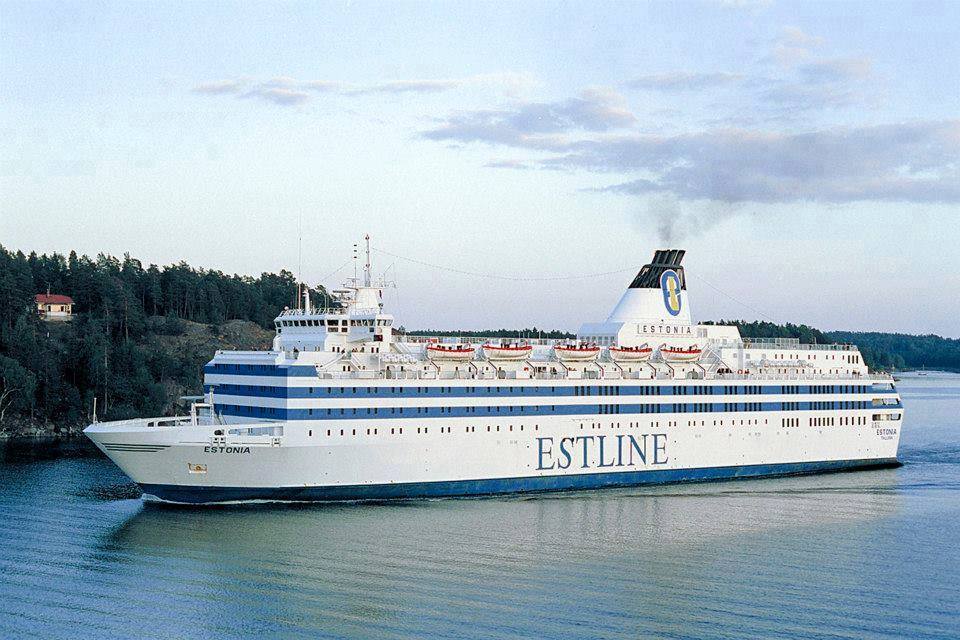On 28 September 1994, the MS Estonia sank in the Baltic Sea, claiming 852 lives; thirty years on, the tragedy remains shrouded in conspiracy theories, cover-up allegations and unanswered questions.
On 28 September 1994, a Baltic Sea voyage turned into one of Europe’s worst maritime disasters when the MS Estonia sank, taking 852 lives with it. In just over an hour, a ferry packed with passengers and vehicles disappeared beneath the waves, leaving behind only 137 survivors.
The official explanation pointed to a failed bow visor, but 30 years later, the sinking is still clouded by conspiracy theories, cover-up allegations and key questions that remain unanswered.
The night the visor failed
The MS Estonia, a ro-ro (roll-on/roll-off) ferry, departed from Tallinn, Estonia, on 27 September 1994, bound for Stockholm, Sweden. The weather forecast warned of stormy seas, but nothing out of the ordinary. Esa Mäkela, the captain of the MS Silja Europa, the first passenger ferry to respond to MS Estonia’s Mayday call, later described the weather that night as a typical autumn storm in the Baltic Sea.
However, in the early hours of 28 September, the situation aboard quickly spiralled out of control.
At around 1 a.m., passengers felt a series of heavy bangs as the ship fought the waves. Suddenly, water began pouring onto the car deck. The bow visor – a 50-ton structure that sealed the front of the ferry – had detached, ripping open the vessel’s front ramp and allowing water to rush in.
Within minutes, the ferry began to list heavily to starboard, making it impossible for most passengers to escape the ship, let alone reach the lifeboats. Rescue operations struggled in the dark, cold waters, and by the time help arrived, the ship had vanished beneath the surface. Most of the victims were Swedes (501), followed by Estonians (285).
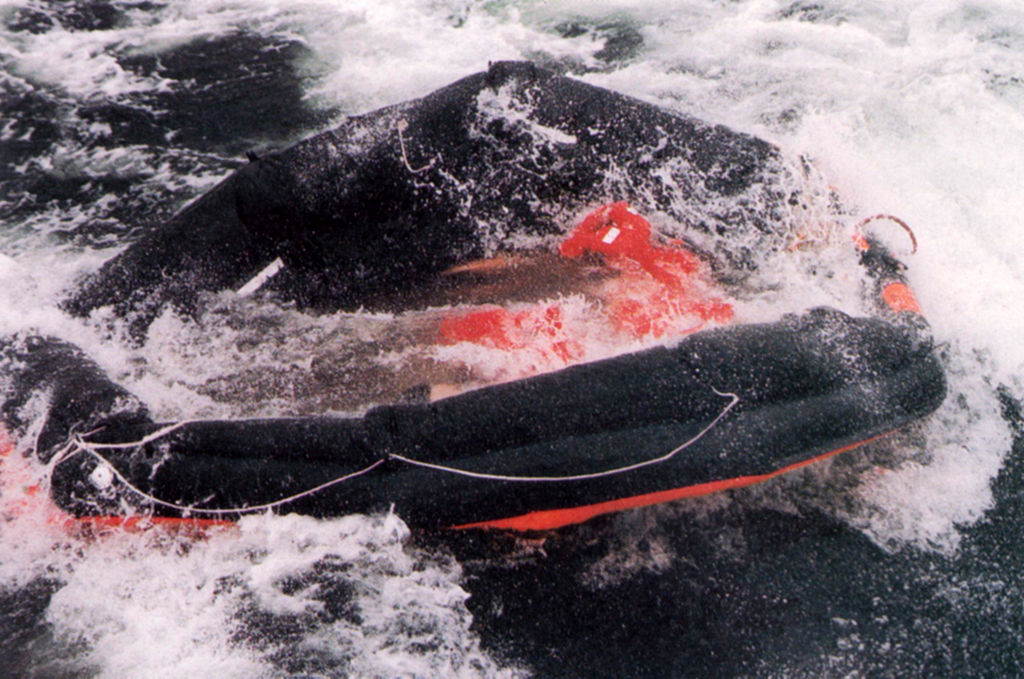
The official inquiry by the joint Estonian, Swedish and Finnish accident investigation commission, published in 1997, concluded that the failure of the bow visor was the primary cause of the disaster.
According to the official report, the visor’s locks were incapable of withstanding the immense pressure from the waves. Once the visor broke off, water flooded the ship’s car deck, destabilising the vessel and causing it to sink rapidly. But this explanation, while technically sound, left much to be desired for those who lost loved ones.
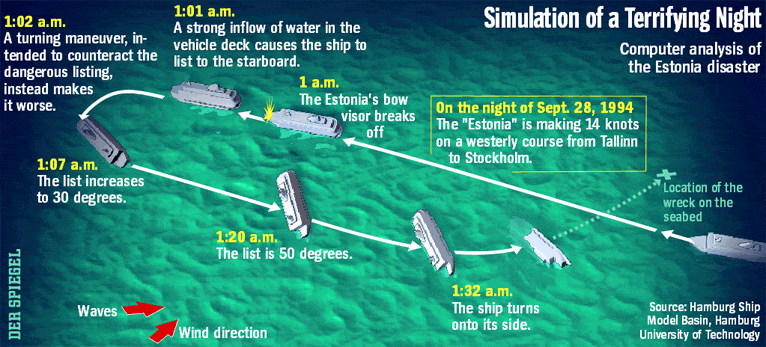
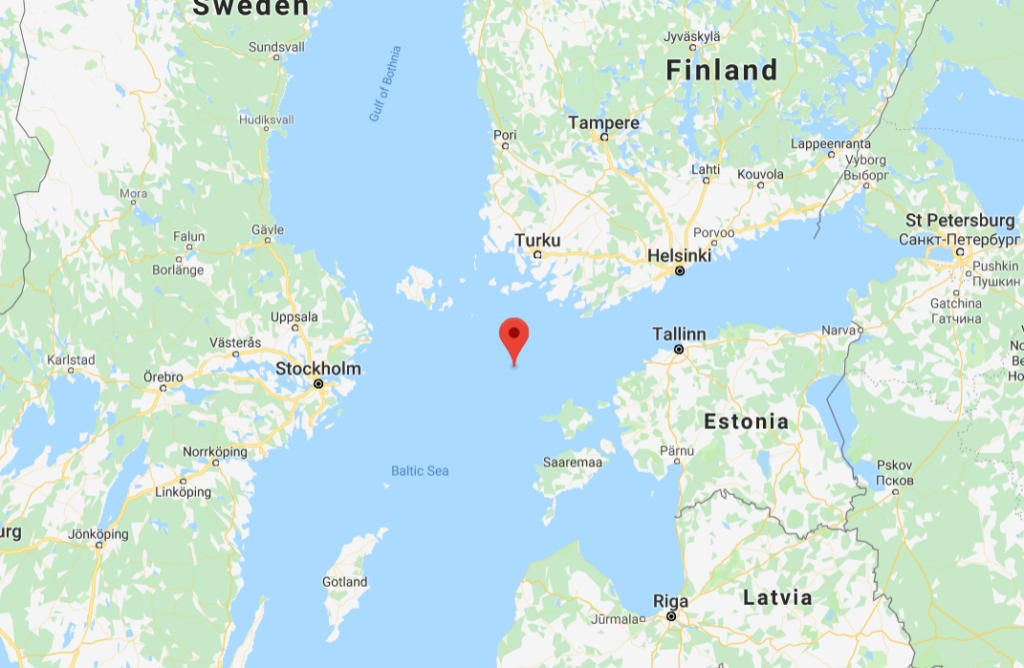
Structural failures and a tragic design flaw
In line with the official report, many maritime experts maintain that the sinking of the MS Estonia wasn’t just a freak accident – it was the result of a fatal flaw in the design of ro-ro ferries, a lesson the maritime industry learned too late. Ro-ro ferries were built to maximise efficiency by allowing vehicles to drive on and off easily. However, this design came with a serious vulnerability: the bow visor.
Tauri Roosipuu, a senior investigator of maritime accidents, explained to Estonian online portal Delfi that “the MS Estonia’s visor was a disaster waiting to happen.”
Built in the late 1970s, the ship’s design predated many of the stringent safety regulations that emerged in the following decade. By the time the MS Estonia was sailing, many newer ferries had switched to more secure bow designs. The bow visor on the MS Estonia, which opened upward, was held in place by just three locking mechanisms. On that fateful night, those locks gave way under the force of the storm, tearing the visor off and exposing the car deck to the sea.
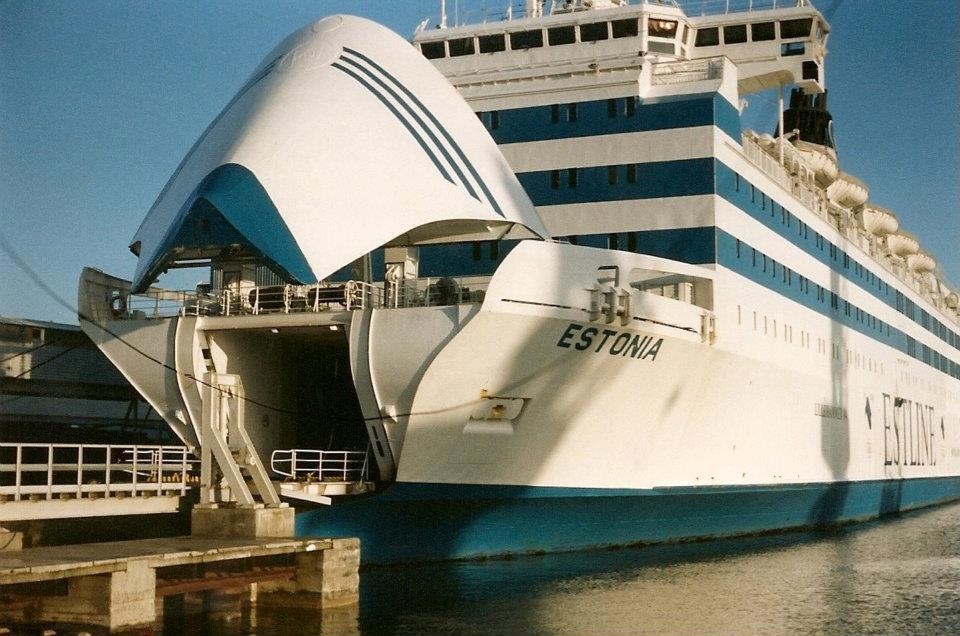
The disaster triggered sweeping changes in ferry safety regulations. The International Maritime Organisation mandated stronger bow visors, more watertight bulkheads, and improved drainage systems to prevent water from flooding the car deck in the event of a similar failure.
Roosipuu noted, “The sinking of the MS Estonia forced us to confront serious shortcomings in ship design, and the lessons learned have made today’s ferries much safer. But for the victims of the MS Estonia, those lessons came too late.”
The hole in the hull: an ongoing controversy
Just as the official explanations for the disaster seemed to settle public debate, a bombshell was dropped in 2020. A Swedish documentary claimed to have discovered a large hole in the hull of the wreckage, leading to speculation that the MS Estonia might have been struck by an external object – possibly a submarine or an explosion.

The footage sent shockwaves through the three countries most affected by the disaster – Estonia, Finland and Sweden. If true, this revelation would imply that the original investigation was either incomplete or, worse, part of a cover-up. The documentary quickly reignited theories that military equipment or even classified cargo was on board that night, leading some to speculate that the ferry might have been targeted.
But maritime experts were quick to point out a glaring omission in the documentary. The footage failed to show the seabed, which, as it turns out, is littered with rocks that could have easily caused the damage when the wreck settled.
Tauri Roosipuu, who reviewed the footage, stated, “The hole is there, but the context isn’t. Ignoring the rocky seabed is misleading. The damage is likely from the ship shifting over time, not from a collision or explosion.” Despite this, the public clamour for a new investigation was so intense that authorities in Estonia, Sweden and Finland agreed to reopen parts of the case.
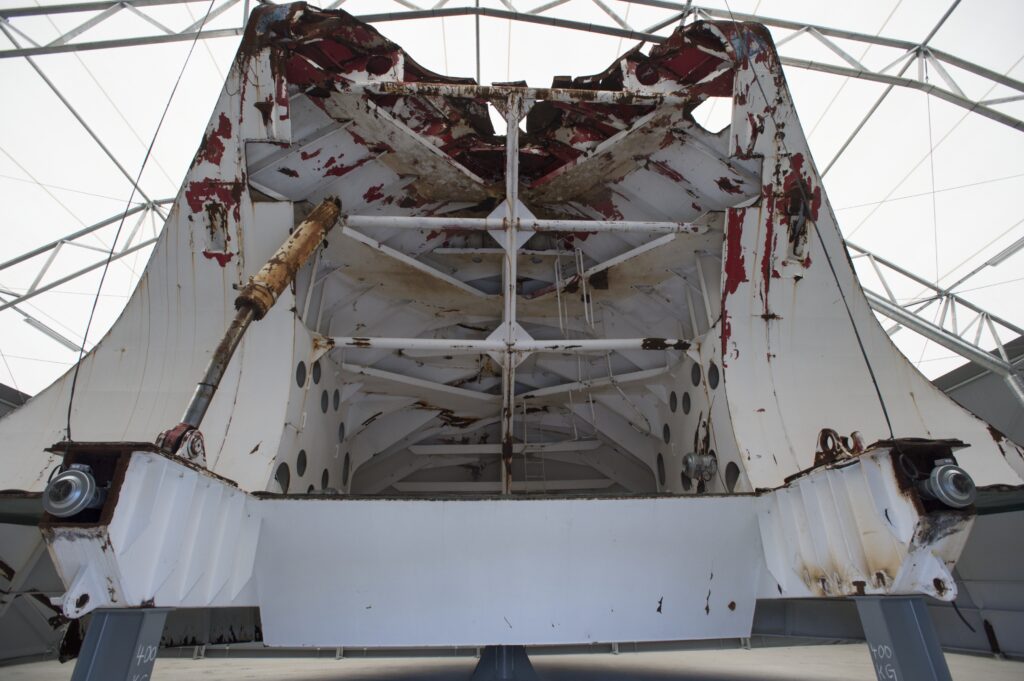
This wasn’t the first time an external impact theory had surfaced. In the years following the disaster, rumours swirled that the ship was carrying military cargo, possibly triggering an explosion or some kind of sabotage. The official report acknowledged that there were discussions of military shipments, but found no evidence linking such activities to the disaster.
Sweden’s Aftonbladet newspaper reported in 2022 that the Swedish defence forces transported more military equipment on the MS Estonia than has been made public to date.
Captain Avo Piht: the conspiracy that won’t die
One of the most enduring mysteries of the Estonia tragedy revolves around the ferry’s captain Avo Piht. He was one of MS Estonia’s two rotating captains – the other, who was in command on the fateful night, was Arvo Andresson. Although off duty, Piht was traveling to Stockholm as a passenger on the night of the sinking.
According to initial reports, Piht had survived the sinking and was listed among the survivors. Eyewitnesses claimed to have seen him being airlifted to safety by a helicopter, and his name even appeared on official survivor lists. But then, like a ghost, Piht disappeared.

His sudden vanishing sparked endless conspiracy theories. Some believed Piht had seen or known something too sensitive and had been taken into witness protection. Others suspected a more sinister fate, suggesting that he might have been eliminated to cover up the true cause of the sinking. These theories were fuelled by persistent rumours that the MS Estonia was carrying secret military equipment bound for Sweden.
However, police investigator Väino Karm’s exhaustive investigation in the late 1990s debunked these theories. “Captain Piht’s escape was impossible,” Karm concluded, according to Estonian weekly, Eesti Ekspress.
According to the official inquiry, Piht had stayed aboard the ship during its final moments, coordinating evacuation efforts at the rear door of the ferry. The testimony of other survivors placed him at the scene moments before the ship sank. No bodies were recovered from that section, leading investigators to conclude that Piht likely went down with the ship.
Still, the conspiracy surrounding Piht’s disappearance refuses to die. For many, the fact that his name appeared on early survivor lists is enough to raise suspicion. As one family member of a victim put it, “There are too many strange details in this case to simply accept the official story.”
30 years on: still no closure
In the wake of the disaster, the international maritime community scrambled to prevent another tragedy like the MS Estonia. New regulations were introduced to improve the safety of ro-ro ferries, and ships that were already in service were retrofitted with stronger visors and watertight compartments.
But while these changes may have saved lives in the years since, they have done little to ease the pain of those who lost loved ones on the MS Estonia. For survivors and the families of victims, the disaster left deep emotional scars. Many have expressed dissatisfaction with the official inquiry, believing that crucial details were ignored or deliberately hidden.
One of the issues that continues to haunt families is the classification of many documents related to the disaster. Some of the material gathered during the investigation has been sealed until 2069, leading some to believe that authorities are withholding information.
Margus Kurm, a former head of Estonia’s disaster investigation committee, has been particularly vocal about this. He insists that key documents held by US intelligence agencies could shed light on what really happened that night, but so far, no government has pressed for their release.
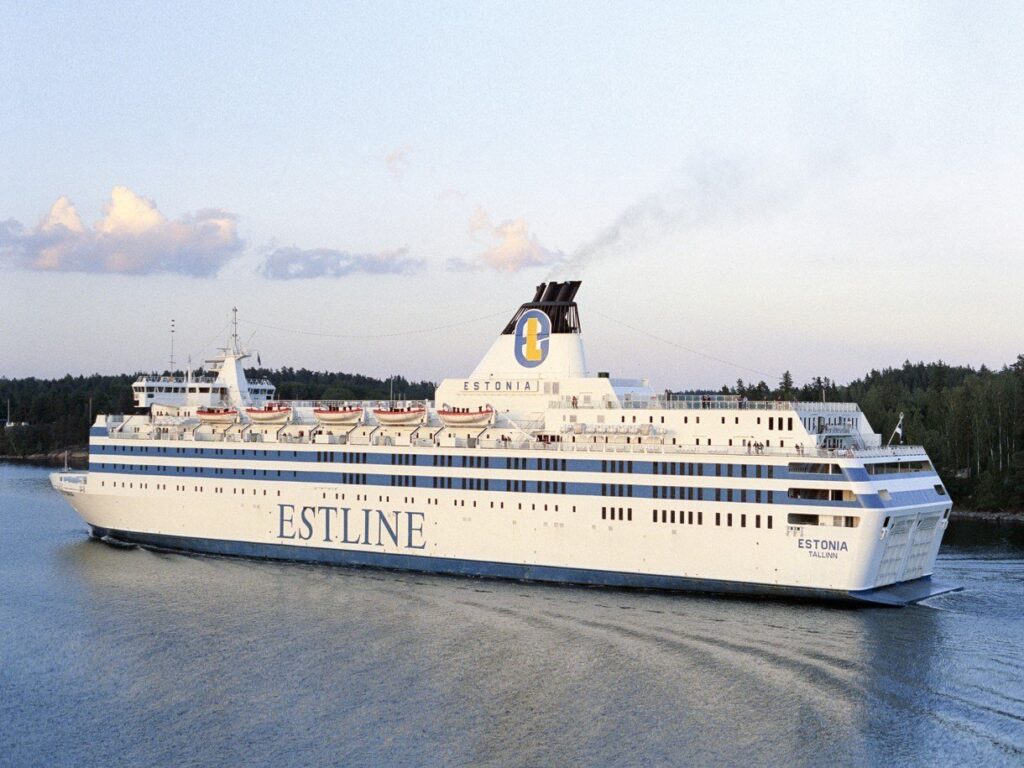
On the 30th anniversary of the MS Estonia disaster, the lingering mysteries and conspiracy theories show no sign of fading.
Was the disaster really just a case of poor design and bad weather? Or was there something more, something that authorities are still keeping hidden? The discovery of the hole in the wreck has only added fuel to the fire of public speculation. And with key documents sealed for decades, it may be a long time before the full story is revealed – if it ever is.
For the families of the 852 victims, the pain of that night is still fresh, and the sense of unresolved questions only deepens their grief. The sinking of MS Estonia remains not only one of Europe’s deadliest maritime disasters but also one of its most enduring mysteries.

